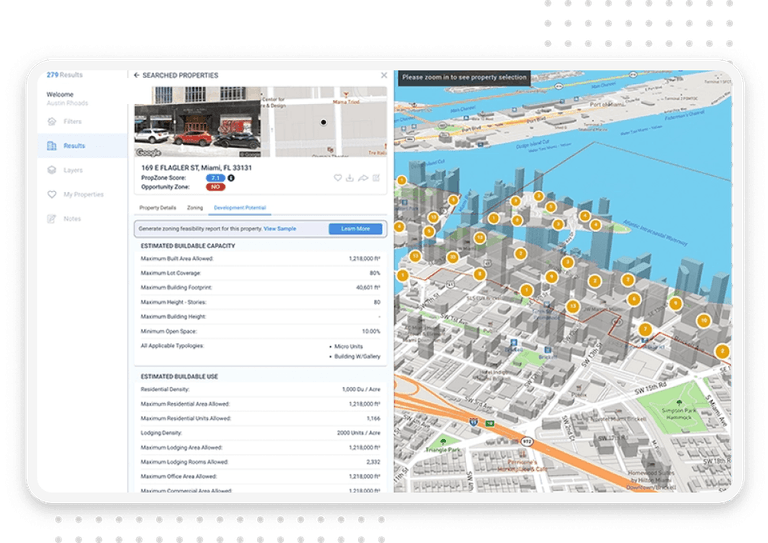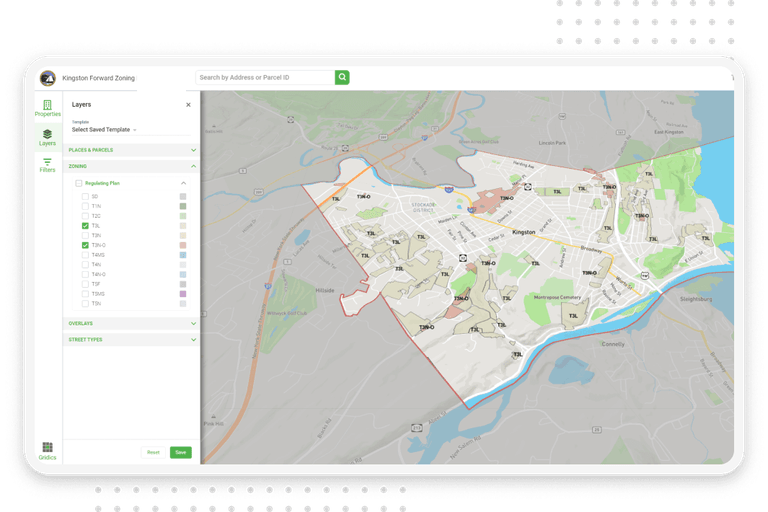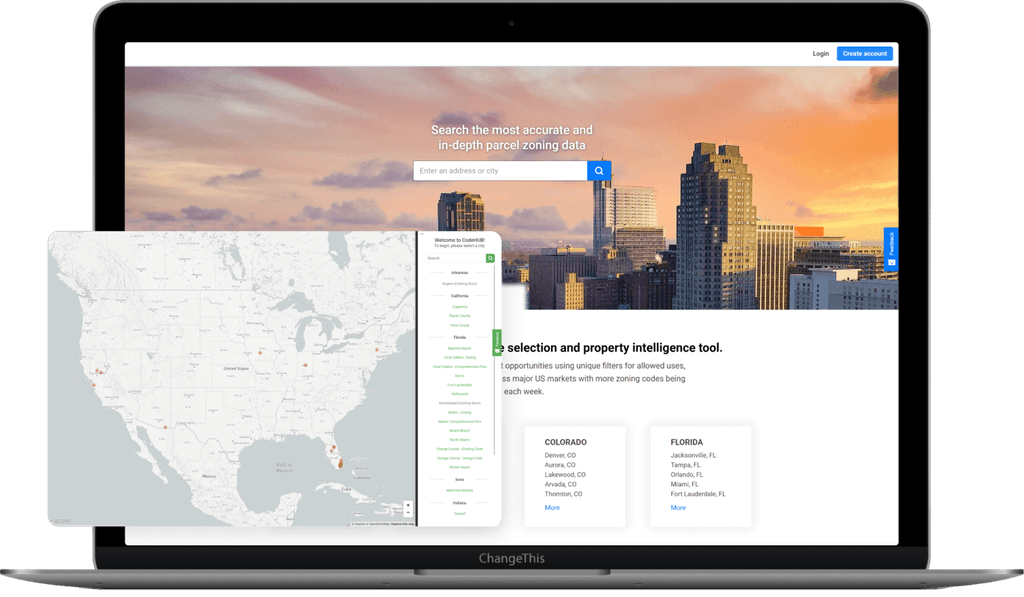Client's Objectives
Optimize Real Estate Data Management: The primary objective is to ensure the platform becomes a go-to resource for real-time real estate data, catering to the needs of various stakeholders.
Enhance User Experience and Accessibility: Providing a user-friendly interface, users can find the information they need quickly and efficiently, thereby increasing user satisfaction and engagement.
Maintaining Market Relevance and Competitiveness: Regularly update and modernize the platform's features and functionalities to align with evolving market needs and technological advancements.
Ensuring Platform Reliability and Trust: Implement a robust system of regular testing and quality assurance to ensure platform stability and reliability, maintaining high levels of user trust and satisfaction.
Challenges
Managing Extensive Data Layers and Performance Optimization
Advanced Search Capability
ckEditor customization
Updating Legacy Code and New Features Integration
Solutions
Enhanced Solution for Data Layer Management
The platform handles numerous layers of data including zoning codes, property attributes, and geographical information. To handle this challenge we worked on Realtime map data refresh, loading and caching layers of data for different cities. Scaling from country level to one particular address.
Advanced Loading and Caching Mechanisms: We developed sophisticated loading and caching strategies to efficiently manage the data for different cities. This involves:

Intelligent Preloading:

Dynamic Caching:

Load Balancing:
Real-Time Map Data Refresh & Responsive User Interface
To ensure the most current and accurate information is always available, we implemented a real-time data refresh system. This system is designed to continuously update the platform with the latest zoning codes, property attributes, and geographical information as they become available. This feature is crucial for maintaining data relevance and accuracy, especially in the rapidly changing real estate market.
Design the user interface to be highly responsive, enabling efficient navigation and search across millions of addresses. This includes optimizing search algorithms and user interface elements to handle complex queries quickly and present results in an easily digestible format.

In-Depth Analysis of ckEditor Architecture:
Conduct a comprehensive study of ckEditor’s core architecture and API documentation. Understanding the framework's capabilities and limitations is crucial for creating effective plugins.
Engage with the ckEditor community and resources. Utilizing forums, existing documentation, and community support can provide valuable insights and proven practices.
Scalable Data Visualization
The platform can seamlessly scale visualizations from a country-level overview to detailed views of specific addresses. This scalability is achieved through:
Adaptive Zoom Levels: Implementing adaptive zoom levels that intelligently adjust the amount and detail of data displayed as users zoom in or out, ensuring clarity and preventing information overload.
Layered Data Presentation: Utilizing a layered approach to data presentation, where users can toggle between different data sets (like zoning codes, and property details) based on their requirements.

Progressive Refactoring and Feature Enhancement
This includes rewriting critical sections of the code for better performance and scalability, and updating older features to make them more relevant and effective in the current real estate context.
The team focused on the following solutions:

Strategic Integration of New Technologies:

Regular Testing and Quality Assurance:
Memoization and Lazy Loading:
Utilize memoization techniques such as React.memo for functional components, and shouldComponentUpdate lifecycle method for class components, to prevent unnecessary re-renders.
Apply lazy loading for components, especially those that are not immediately visible to the user. This can significantly improve the initial load time and overall responsiveness of the search feature.
Asynchronous Data Fetching and Caching:
Optimize data fetching by implementing asynchronous API calls, allowing the UI to remain responsive while data is being loaded.
Implement intelligent caching strategies for search results, which can reduce the load on the server for repeated searches and improve response time for the end-user.
CkEditor customer plugins development
This step was applied after the in-depth analysis.
Develop bespoke plugins tailored to the unique requirements involves:

Writing Clean and Modular Code:

Ensuring Compatibility and Stability:
Progressive Refactoring and Feature Enhancement
User-Centric Development Approach
Adopt a user-centric approach in the development process, ensuring that innovations are aligned with user needs and preferences. This involves conducting user research, feedback sessions, and usability testing to gauge user responses to new features and interfaces.
Incremental Feature Rollout
Introduce new features incrementally, allowing users to gradually adapt to changes. Provide comprehensive guides and support to assist users in navigating new functionalities, ensuring a seamless transition and maintaining user trust and satisfaction.
Innovative solutions
Import and Render of Detailed 3D Building Models
Introduction: In a groundbreaking advancement, the development team has introduced a pivotal feature: the import and rendering of detailed 3D building models. This innovation marks a significant leap forward in the realm of real estate visualization.
Technical Brilliance: The feature operates by enabling the seamless import of intricate 3D models of buildings into the platform. These models are not just static images; they are dynamic, highly detailed, and interactively rendered representations. The technology behind this involves cutting-edge 3D graphics rendering techniques, ensuring that the models are both visually stunning and accurate to real-world specifications.
User-Centric Design: Designed with the end-user in mind, this feature allows for an immersive experience. Users can explore every angle of a building, delve into detailed architectural nuances, and understand the spatial context in its truest form. This is particularly beneficial for architects, city planners, and real estate developers who require a comprehensive understanding of the building structures within specific urban landscapes.
Applications and Benefits:
Enhanced Decision Making:
By providing a realistic 3D view, stakeholders can make more informed decisions about development and investments.
Efficient Planning:
Urban planners and architects can use this feature to better plan and visualize future development projects.
Improved Communication:
This tool serves as an excellent medium for communicating complex architectural concepts to non-technical stakeholders.
Interactive Marketing Tool:
Real estate marketers can showcase properties in a more engaging and informative manner, directly impacting sales and customer engagement.
Technical Sophistication Meets Practical Utility: This feature is not just a technological showpiece; it has practical, real-world applications that bridge the gap between advanced 3D modeling and the everyday needs of urban development professionals. The ease of import and the fidelity of the renderings set a new industry standard in architectural visualization.

Collaboration and Communication
To ensure the successful development and continuous improvement of the project, implementing effective collaboration and communication strategies is essential. By leveraging tools such as Jira, Slack, Gmail, Confluence and GitHub, along with agile methodologies, we have established a streamlined and efficient workflow.
Multinational Team Coordination
Recognizing the challenges of different time zones, efforts are made to accommodate diverse schedules. Cultural sensitivity and clear communication guidelines are established to ensure a harmonious and productive working environment.
Daily Meetings
Regular daily stand-ups are conducted, preferably at a time that is convenient for all team members. These meetings are brief and focused on updates, blockers, and immediate action items, ensuring everyone is aligned and informed.
Retrospective Calls
At the end of each sprint, retrospective meetings are held to discuss what went well, what could be improved, and strategies for future sprints. This is crucial for continuous improvement and team cohesion.
Lessons Learned

Comprehensive Project Management with Jira:
Integration is Key:
Client Communication:

Leveraging Advanced Technologies: Mapbox and ThreeJS:
Mapbox Utilization:
ThreeJS for 3D Visualization:

Refactoring Old React Code:
Incremental Approach:
Best Practices and Standards:
Performance Optimization:
Technologies
Start growing your business with usSend us a message
Book an online meeting
The online meeting will help you to quickly establish a plan of action and identify the resources needed to accomplish your project.
Book a meeting



